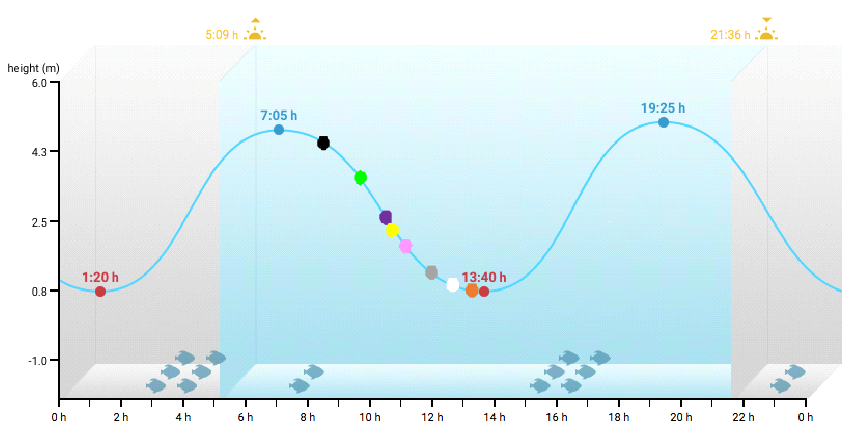


The upper region of the Fal estuary has greater riverine input than the lower region, therefore indicating an expected and progressive increase in salinity along the transect. The transect was split into eight stations (A14, B15, B16, C17, D18, E19, F20 & G21), whereby at each station biological, physical and chemical parameters were measured.
Physical data were collected by a CTD rosette and an attached ADCP. Both temporal and spatial transects were taken by the ADCP. The CTD rosette also housed six functioning Niskin bottles to collect water samples from surface, intermediate and deep depths, deployed off the stern of the vessel. These water samples were then used for further analysis of chlorophyll (biological), dissolved oxygen, silicates and phosphates (chemical). Additionally, a zooplankton sweep net (51.5cm diameter, 200µm mesh size) was deployed at three stations (A14, D18 & G21) to collect a plastic bottle of zooplankton for further analysis in the laboratory the following day.
Finally, at each station, a Secchi disk was lowered over the starboard side of the vessel to record the light attenuation by eye.
ESTUARY
22/06/16

- Time: 08:15 – 14:40 UTC
- Tides: High water = 06:20 UTC
Low water = 12:50 UTC
- Environmental conditions:
-
-
-
- Spring Tide

Stations
A14: Black
B15: Green
B16: Purple
C17: Yellow
D18: Pink
E19: Grey
F20: White
G21: Orange

Image courtesy of ©Google Earth.
A survey was conducted on the 22nd of June aboard R.V. Bill Conway in order to analyse the physical, biological and chemical changes along a transect from the upper to the lower region of the Fal estuary.
Figure 1. A tidal chart showing the state of the changing tide when each station throughout the estuary was sampled. As seen, when sampling the Fal estuary on 22nd June 2016, the water was approaching low tide; station A14 was sampled just as the tide was moving away from high tide whilst station G21 was sampled at almost low tide. Available from: tides4fishing.com [Accessed 30/06/16].
The views and opinions expressed on this website are those of individuals within group 8 and are not associated with The National Oceanography Centre, University of Southampton or Falmouth Marine School.